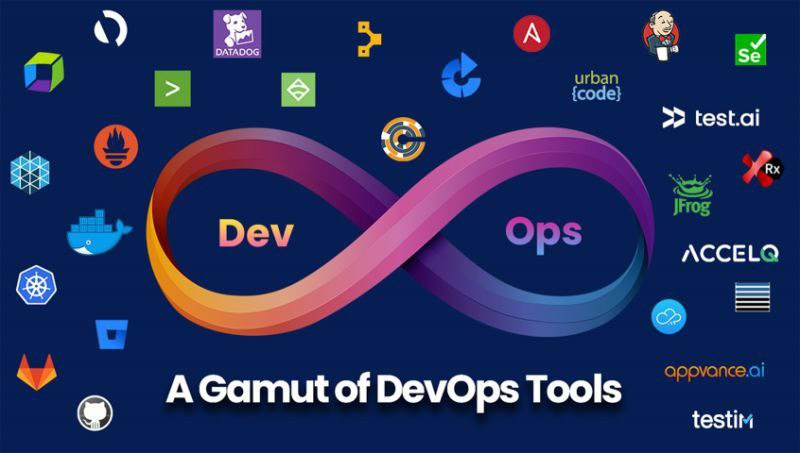Navigating the DevOps Life Cycle: Essential Tools for Success
In the dynamic world of software development and operations, the DevOps approach has revolutionized how organizations create, deploy, and manage applications. It bridges the gap between development (Dev) and operations (Ops), fostering a culture of collaboration, efficiency, and continuous improvement. Central to this methodology is the DevOps life cycle, a series of phases that guide the process from ideation to operation. To navigate these phases effectively, various tools have been developed, each tailored to specific needs of the DevOps pipeline. Let’s explore the essential tools for each phase of the DevOps life cycle.
Continuous Development: Laying the Groundwork
In the continuous development phase, tools like Jira and Git play pivotal roles. Jira, an agile project management tool, facilitates project tracking, workflow customization, and bug tracking. Its agility and versatility make it indispensable for planning and managing complex software projects. On the other hand, Git, an open-source version control system, supports collaborative development and nonlinear workflows, essential for modern software teams. GitHub, an extension of Git, further enhances collaboration by offering a platform for code sharing and review among developers.
Continuous Integration and Delivery: Building and Releasing with Confidence
Jenkins stands out in the continuous integration (CI) and continuous delivery (CD) phases. This Java-based, open-source tool supports the automation of building, testing, and deploying phases, enabling developers to integrate changes more frequently and reliably. Its extensive plugin ecosystem and ease of installation make Jenkins a versatile choice for automating complex workflows.
Continuous Testing: Ensuring Quality
Quality assurance is crucial, and tools like Selenium and Bamboo address this need. Selenium, an automated testing framework, supports web application testing across various browsers and operating systems, ensuring that applications perform as expected in diverse environments. Bamboo, known for its tight integration with Jira, excels in managing complex build plans and parallel testing, streamlining the testing process to deliver quality results faster.
Continuous Deployment: Releasing into the Wild
The deployment phase is where Docker and Ansible shine. Docker simplifies the packaging and execution of applications in isolated environments, facilitating easy sharing and collaboration through Docker Hub. Ansible, a powerful tool for configuration management and infrastructure orchestration, automates the deployment process, making it faster and more reliable.
Continuous Feedback: Listening to Users
Tools like Jira Service Management and Parlor are invaluable for gathering and managing feedback. Jira Service Management centralizes feedback, improving communication between developers and users. Parlor engages users directly, collecting real-time insights that are crucial for iterative development and enhancement.
Continuous Monitoring: Keeping a Watchful Eye
Prometheus, an open-source performance monitoring database, excels in this phase. It enables robust reporting and visualization, helping teams to proactively address performance issues and maintain the health of applications in production.
Continuous Operation: Ensuring Smooth Sailing
Finally, in the continuous operation phase, Opsgenie emerges as a key player. It adeptly manages incidents, predicts and resolves service disruptions, and integrates with a variety of monitoring and communication tools. This ensures that critical issues are escalated and addressed promptly, maintaining high availability and performance.
The DevOps life cycle is a journey of continuous improvement and efficiency. By leveraging these essential tools, organizations can streamline their DevOps pipeline, enhance collaboration, and ultimately deliver software that meets and exceeds user expectations. As DevOps continues to evolve, so too will the tools that support this vital methodology, driving innovation and excellence in the world of software development and operations.
Labels: Navigating the DevOps Life Cycle


0 Comments:
Post a Comment
Note: only a member of this blog may post a comment.
<< Home